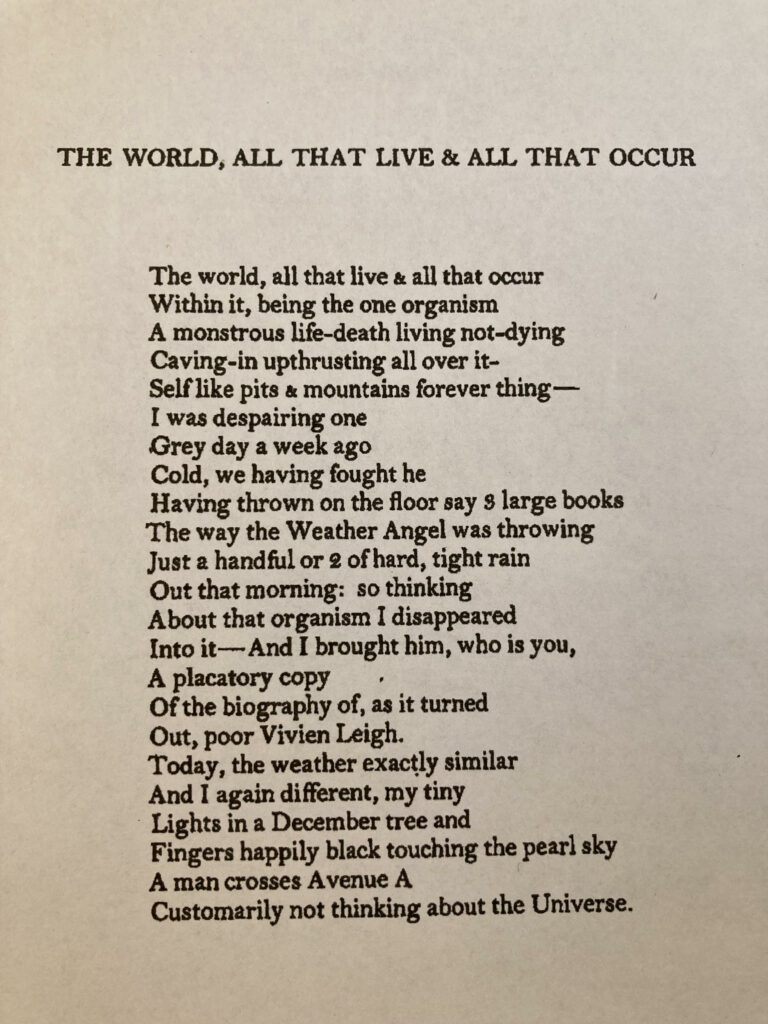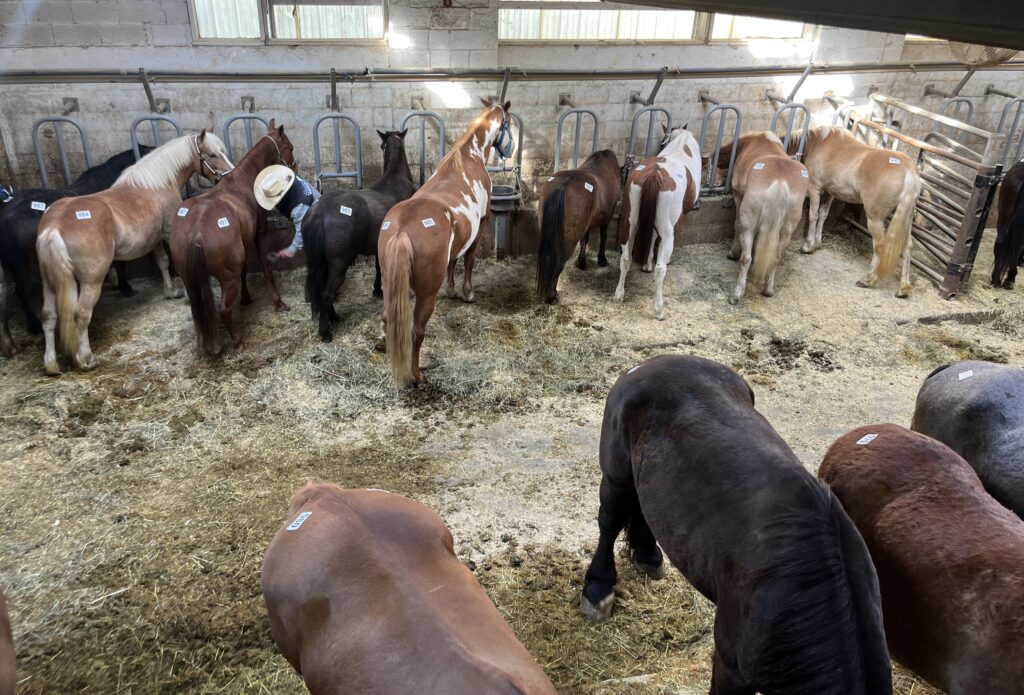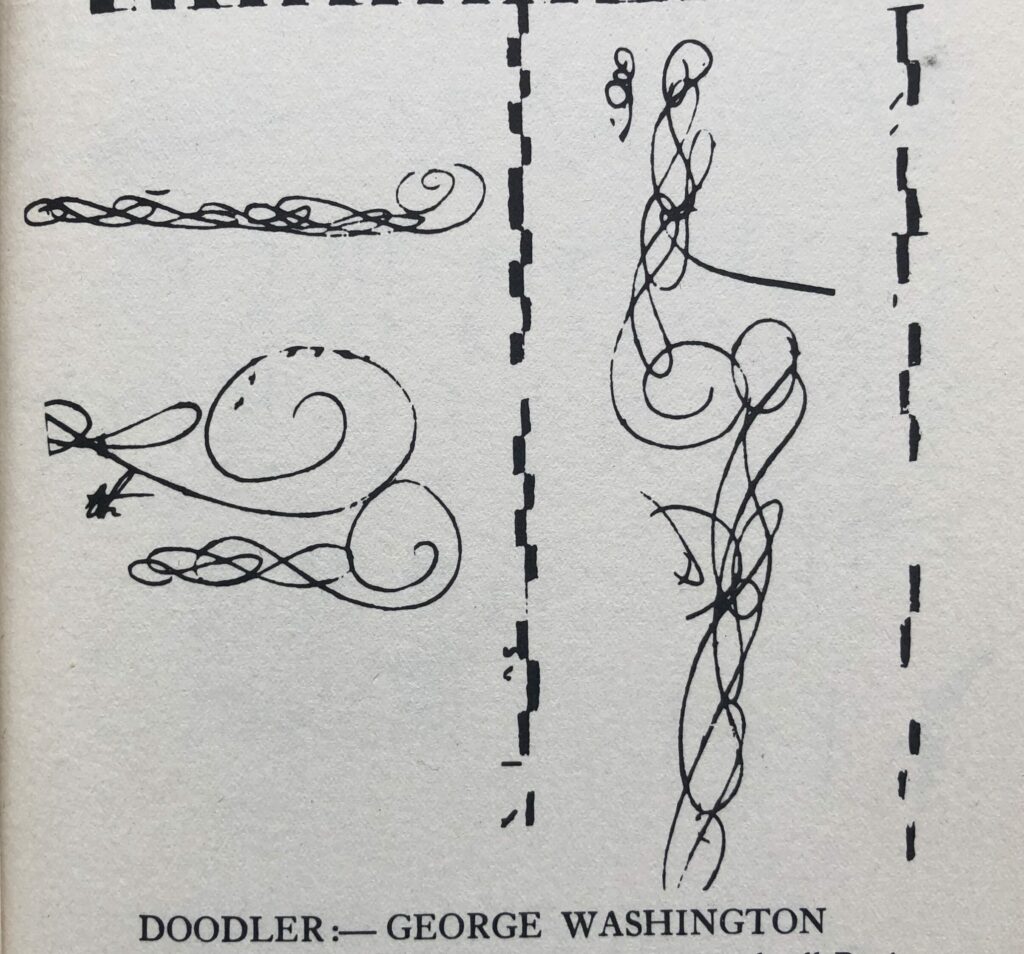Our brains communicate with electrical and celebrity blowjob videos - celebrities sucking cock in movieschemical signaling, but scientists have discovered that light stimulation could hold potential keys to manipulating neuronal communication pathways that influence motor control, sensory perception, memory, neurochemical production and mood – or cellular virtual reality, as a report from the Journal of Cell Biology describes it.

With the roll out of the White House's $300 million BRAIN Initiative in 2013, interest in uncovering the secrets of the human brain has accelerated and now includes many government agencies, public/private partnerships and universities.
Dating back to at least 1971, optogenetic research has matured enough to gain the attention of organizations such as the NIH, DARPA and IARPA, who are exploring the role that light-sensitive cells could soon play in fields surrounding neurobiological, including physical and mental health, human-machine interfacing, and advancing artificial intelligence through reverse brain engineering.
Current optogenetic experiments rely on extracting "opsins" (light-sensitive proteins) from plants which can be introduced to mammals by methods including injection and infection via adenovirus.
Once delivered into an organism, opsins can be expressed in eye, brain or skin cells, allowing their light-sensitivity to be remotely activated or silenced with timed pulses of light in different color wavelengths across the light spectrum that can target multiple bodily systems and cause a variety of biological effects.

Researchers have suggested however that introducing opsins into an organism may not be a long-term requirement as methods are sought for using optogenetics on mammalian cells that respond naturally to light, such as those in the human retina.
As part of the BRAIN Initiative, scientists have been working on neuronal barcoding and completing a detailed online brain atlas for researchers. This is hoped to eventually provide a detailed circuit diagram of every neuron and synapse in the brain, which would allow various neuronal patterns to be identified so they can be triggered for the desired effect.
If targeted precisely enough with the appropriate light, it's thought that optogenetics could be used by manipulating neural circuits involved with pain, fear, reward, wakefulness and social behaviors. In one Yale study, for example, mice were infected with a virus which made their neurons sensitive to blue light. Scientists then used that light pathway to activate predatory behavior.
"...The researchers used a tiny optic fibre to shine a blue laser on the amygdala. This prompted the animals to tense their jaw and neck muscles... 'It's not just physiological, it's hunting, biting, releasing and eating. Those are motor sequences that require a lot of information...' [said an MIT neuroscientist]"
In 2015, optogenetics was combined with CRISPR to develop a set of photoactivatable tools that enable the editing of an organism's genome through the external use of light. Said tools can control the location, timing and reversibility of the genome editing process, whether that be activating, repressing or modifying a gene.
Optogenetics is also mentioned as an integral feature of the DARPA-funded Neural Engineering System Design (NESD) program, a joint effort between six teams who are aiming to create an implantable neural interface over the next four years that is capable of high resolution brain-to-machine communication. Such advancements, for instance, could facilitate the development of mind-controlled prosthetics featuring touch sensation like the DARPA-backed 'Luke' arm (previously known as the 'Deka' arm).
In the past, DARPA has looked to optogenetic memory manipulation techniques for treating veterans with traumatic brain injury and/or PTSD through memory restoration or deletion.
More recently, during a November 2017 mental health conference with 30,000 attendees in Washington D.C., optogenetics was noted for the impact it's having on the ability to study the brain. According NPR science correspondent Jon Hamilton, the technology has allowed aspects of human mental health disorders to be reproduced in animals, aiding the mapping of neuronal circuits involved with issues such as depression.
Companies interested in the application of optogenetic technologies have begun emerging over the last decade, particularly since the FDA approved the technology in 2015 for use in treating an eye disorder known as "retinitis pigmentosa."
The approval prompted a clinical trial and optogenetic developments have since been used to restore partial vision in patients who were described as being "profoundly blind." Chronic pain management, epilepsy and Parkinson's are among many health issues that researchers are experimenting with addressing through optogenetics.
The technology is also contributing to other areas of research such as "sonogenetics," which uses low-pressure ultrasound to activate ultrasonically sensitized neurons. This is another area of interest for DARPA, which has funded Columbia University's endeavor to stimulate neurons using ultrasound and believes it could eventually lead to a magnetic version of the technology called "magnetogenetics."

To investigate the therapeutic use of optogenetics, acoustics and electromagnetic fields, DARPA launched the ElectRX (Electrical Prescription) program in 2015, which is capable of stimulating, modulating and monitoring the body's peripheral nervous system. The research agency is also exploring how artificial intelligence could be used in closed-loop brain implants, such as the ability to detect patterns associated with mood disorders.
With enough progress, it's believed that optogenetics and its surrounding bodies of research may open the door to real-time brain mapping and biofeedback technologies, which could be used to treat all manner of ailments on the fly through closed-loop neuromodulation signals coming to and from an implanted device, ultimately eliminating the need for pharmaceuticals.
 Wordle today: The answer and hints for January 28, 2025
Wordle today: The answer and hints for January 28, 2025
 Book as Enemy by Adania Shibli
Book as Enemy by Adania Shibli
 Freely, a new free streaming service, is coming to the UK
Freely, a new free streaming service, is coming to the UK
 Between the World and the Universe, a Woman Is Thinking by Sara Nicholson
Between the World and the Universe, a Woman Is Thinking by Sara Nicholson
 Donald Trump talked about space and Buzz Aldrin's face says it all
Donald Trump talked about space and Buzz Aldrin's face says it all
 Inside Alice Munro’s Notebooks by Benjamin Hedin
Inside Alice Munro’s Notebooks by Benjamin Hedin
 Rented Horrors by Kathleen Alcott
Rented Horrors by Kathleen Alcott
 Chasing It Down the Elevator Shaft to the Subconscious: Or, Getting Hypnotized by Jeremy Butman
Chasing It Down the Elevator Shaft to the Subconscious: Or, Getting Hypnotized by Jeremy Butman
 Trump's favorite techie thinks there should be 'more open debate' on global warming
Trump's favorite techie thinks there should be 'more open debate' on global warming
 Second Selves by Elisa Gabbert
Second Selves by Elisa Gabbert
 Galaxy S24 problems pile up: 4 issues plaguing Samsung's newest smartphone
Galaxy S24 problems pile up: 4 issues plaguing Samsung's newest smartphone
 At the Five Hundred Ponies Sale by Alyse Burnside
At the Five Hundred Ponies Sale by Alyse Burnside
 Three Letters from Rilke by Rainer Maria Rilke
Three Letters from Rilke by Rainer Maria Rilke
 Taylor Swift's 'The Tortured Poets Department': Everything we know
Taylor Swift's 'The Tortured Poets Department': Everything we know
 Doodle Nation: Notes on Distracted Drawing by Polly Dickson
Doodle Nation: Notes on Distracted Drawing by Polly Dickson
Facebook stored passwords in plain text for hundreds of millions of usersThese 'Harry Potter' Halloween costumes all got the J.K. Rowling seal of approvalKaty Perry dressed up as a scary good Hillary Clinton for HalloweenMartha Stewart's Halloween costume is gory and gloriousKaty Perry dressed up as a scary good Hillary Clinton for HalloweenSomeone hung dummies near a Trump/Pence yard sign in FloridaWestern states accept their droughtNintendo reportedly has two new Switch consoles in the worksGirl who is way too young to watch primetime TV nails 'Walking Dead' costumeFacebook stored passwords in plain text for hundreds of millions of usersGoogle's API changes will kill off some IFTTT functionalityApple's AirPower might come soon. Here's the evidence.Greenland’s fastest melting glacier slowed down and that’s bad newsHow to keep plastic out of the world's oceansSurveillance cam captures deer jumping through restaurant's windowHow to keep plastic out of the world's oceansYouTube cancels premium original shows ahead of Apple's streaming service eventLupita Nyong'o and the stars of 'Us' rap about their characters: WatchEurope's first underwater restaurant resembles a shipwrecked monolithEerie photos of foggy London will get you in the mood for Halloween Threads: How to pause notifications Earth's core is wilder than you can imagine Hate groups are moving to encrypted online platforms, making them harder to track To Be or Not To Be? And Other News by Sadie Stein Celebrate your COVID vaccine! But not by posting a pic of your card. Big Box by Sadie Stein Hollywood Indian by Katie Ryder How to avoid COVID John Hollander, 1929–2013 by Sadie Stein The Weeknd's halftime show was full of bandaged dancers and the memes flooded in Mudbone, Sinbad, and the Typhoon Kid: A Pirate's Life for Me by Ted Scheinman Jane Austen Unmentionables, and Other News by Sadie Stein 'Quordle' today: See each 'Quordle' answer and hints for July 6 AOC explains why her Capitol riot trauma feels personal and political in moving IG Live Wordle today: Here's the answer and hints for July 8 Jumping for Joyce, and Other News by Sadie Stein ChatGPT monthly traffic has dropped for the first time Week in Culture: Sophie Pinkham, Slavicist by Sophie Pinkham The Surreal Life by Tobias Carroll What We’re Loving: Pulp Fiction, Struggles, Kuwait by The Paris Review
3.0998s , 10159.796875 kb
Copyright © 2025 Powered by 【celebrity blowjob videos - celebrities sucking cock in movies】,Defense Information Network